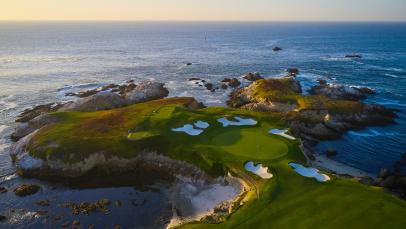High Aesthetics
10 of the most beautiful inland courses you can play

Brendan Caffrey
Architecture purists will argue that the most important factor in evaluating the quality of a golf course is the physical arrangement of features and the types of shots and situations they puts us in. But even the most ascetic among them must admit the environments we play through greatly influences our feelings about the course.
Mike Keiser, the developer of destinations like Bandon Dunes in Oregon, Sand Valley in Wisconsin, Cabot Cape Breton in Canada (with partner Ben Cowan-Dewar) and Barnbougle Dunes and Lost Farm in Tasmania (with Richard Sattler), understands the importance of aesthetics. He devotes a chapter of his book The Nature of the Game (2022) to the concept of beauty and has intentionally sought out sites that possess raw emotional power.
Few people, he writes, “make the long journey to the south coast of Oregon—or Tasmania—in order to hit a pure five-iron into a well-defended green. They can find that opportunity anywhere. No, they make the journey so they can hit their five-iron in a setting of incomparable beauty that’s given an exclamation point by the flight of the ball.”
We agree, and Golf Digest’s course ranking panelists are asked to assess each course’s beauty and visceral impact in the Aesthetics category. Not surprisingly the highest scores go to courses that keep heads spinning, like those located on oceans—Pebble Beach, Keiser’s Bandon courses, Manele, Fishers Island—and inland temples like Pine Valley, Sand Hills and Augusta National.
The Aesthetics category, however, is not simply a summation of views and landscaping. We ask panelists to give just as much credence to the visual imprint of the architecture within the holes—green shapes, horizon lines, bunker arrangement and edging, grass texture, hole orientations and the way the composition of the design features create a stimulating frame. These things add as much to the experience of playing golf as do the views, since it's really the architecture we’re looking at when lining up and hitting shots.
Dreamy courses located on cliffs or along endless horizons of water deserve recognition, but beauty comes in all manner of design and setting. The following is a selection of public-access courses that have achieved some of our highest Aesthetics scores despite not being located on a coast.
Beauty is in the eye of the beholder, but when enough eyes agree on something the subjective approaches the objective.
We urge you to click through to each individual course page for bonus photography, drone footage and reviews from our course panelists. Plus, you can now leave your own ratings on the courses you’ve played … to make your case for a destination we might've missed on this list, or why your favorite should be ranked higher.
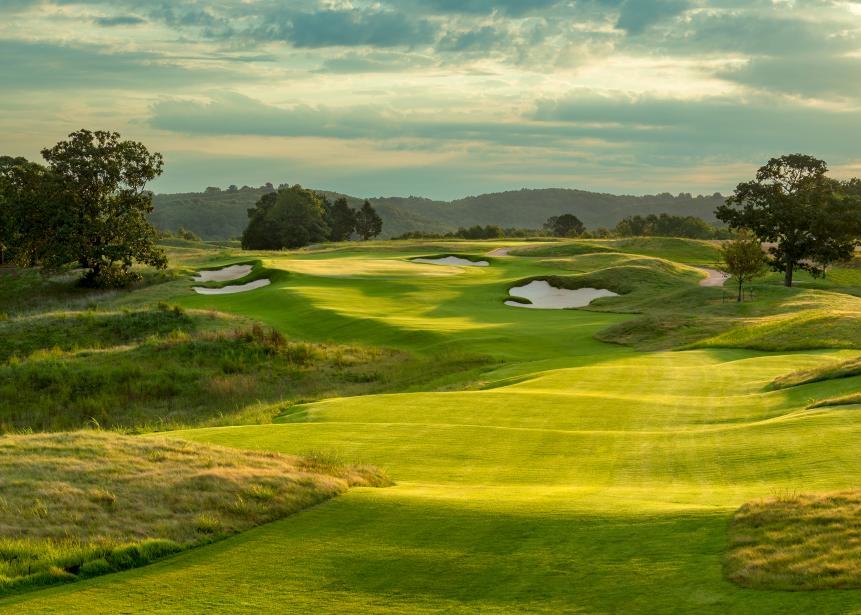
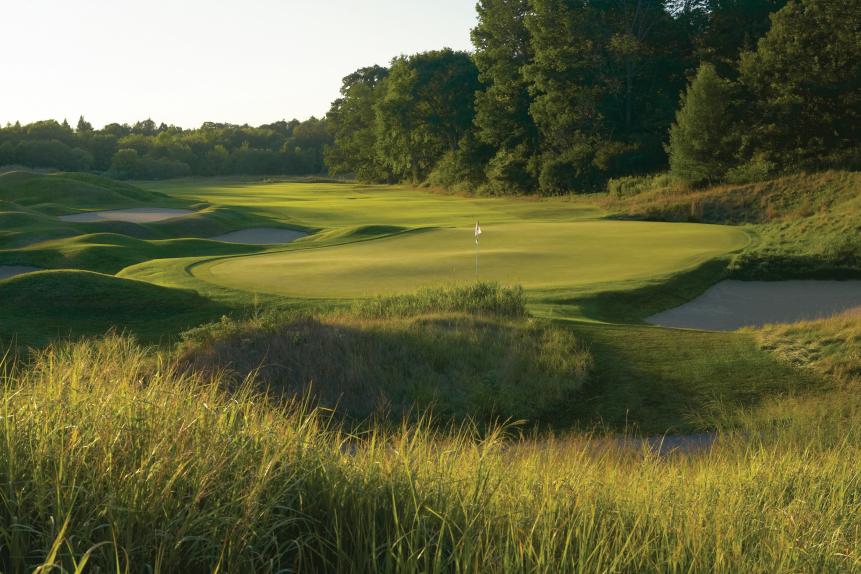

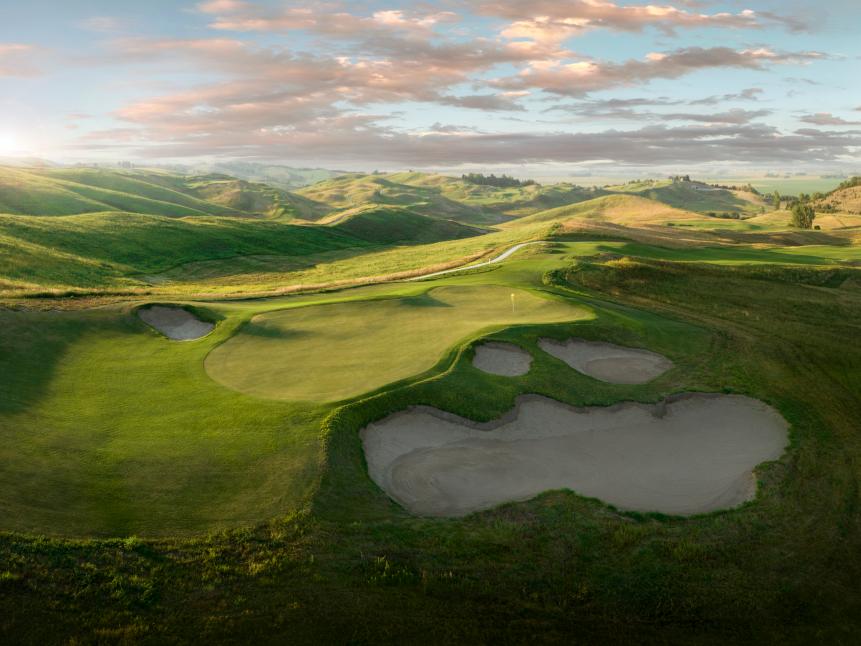
Actor Nick Cage once ate a live cockroach for a film he was shooting. Later, when asked why—he could have eaten a pretend insect—he responded, “Anything less wouldn’t be real.” The conceit is that at times the only way to fulfill the potential of a given situation—a movie scene, a piece of art, a military offensive—is to push as far and aggressively as possible.
This principle applies to Landmand, a new design in northeastern Nebraska about 10 miles from Sioux City, Iowa. The course sits on a vast, elevated section of loess formations with eroded furrows and valleys. It winds across the bluffs and between valleys, and from the tops of the ridges horizon views of 20 miles or more are possible, filling the landscape with a feeling of unlimited proportion.
Given the setting, it’s impossible to discern the scale of the features in the near and middle distance, and the only way for architects Rob Collins and Tad King to make the golf look like it fit against the endless backdrops was to construct fairways 80 to 100 yards wide and greens that are, cumulatively and in some cases individually, the largest in the United States.
Explore our complete review here—including bonus photography and ratings from our expert panelists.

Muskoka Bay Resort
Gravenhurst, Ontario, Canada
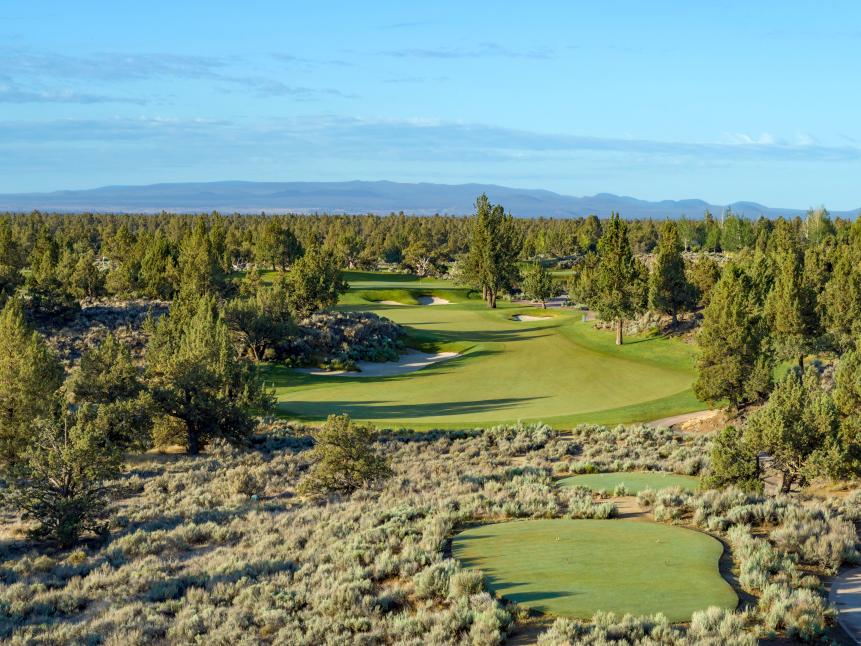
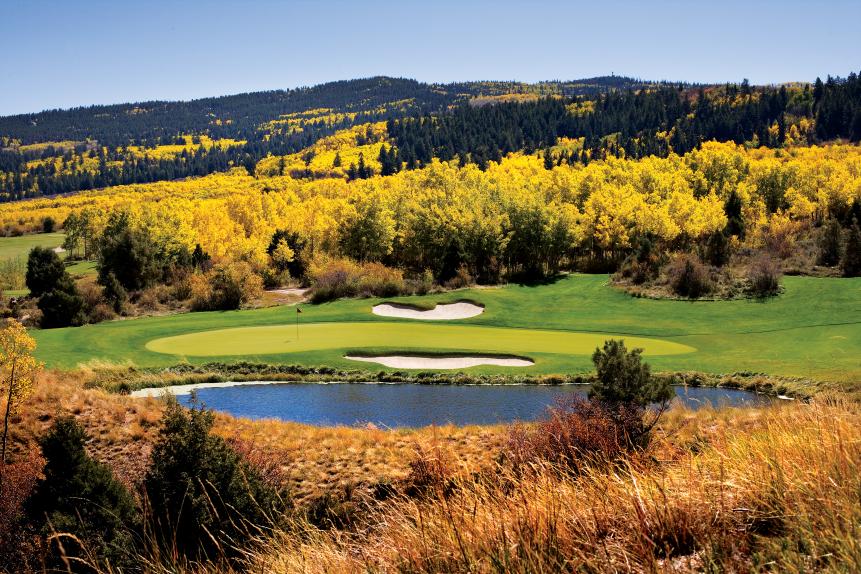


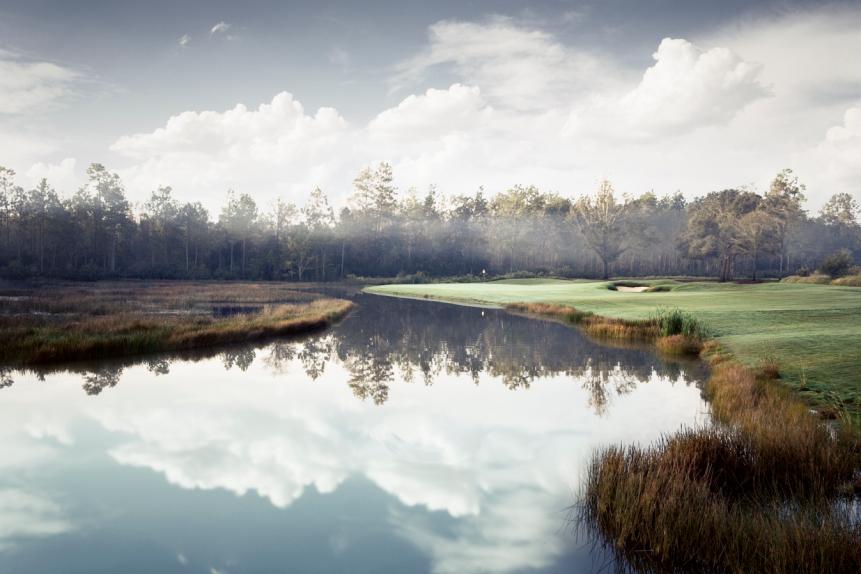
(Editor's Note: An initial list in the September issue of the magazine also included Sea Island Golf Resort's Seaside course and Tobiano in British Columbia, but we modified the headline to include only inland courses.)
• • •
Explore Golf Digest's new Course Reviews section where you can submit a star rating and evaluation on all the courses you’ve played. We've collected tens of thousands of reviews from our course-ranking panelists to deliver a premium experience, which includes course rankings, experts' opinions, bonus course photography, videos and much more. Check it out here!



